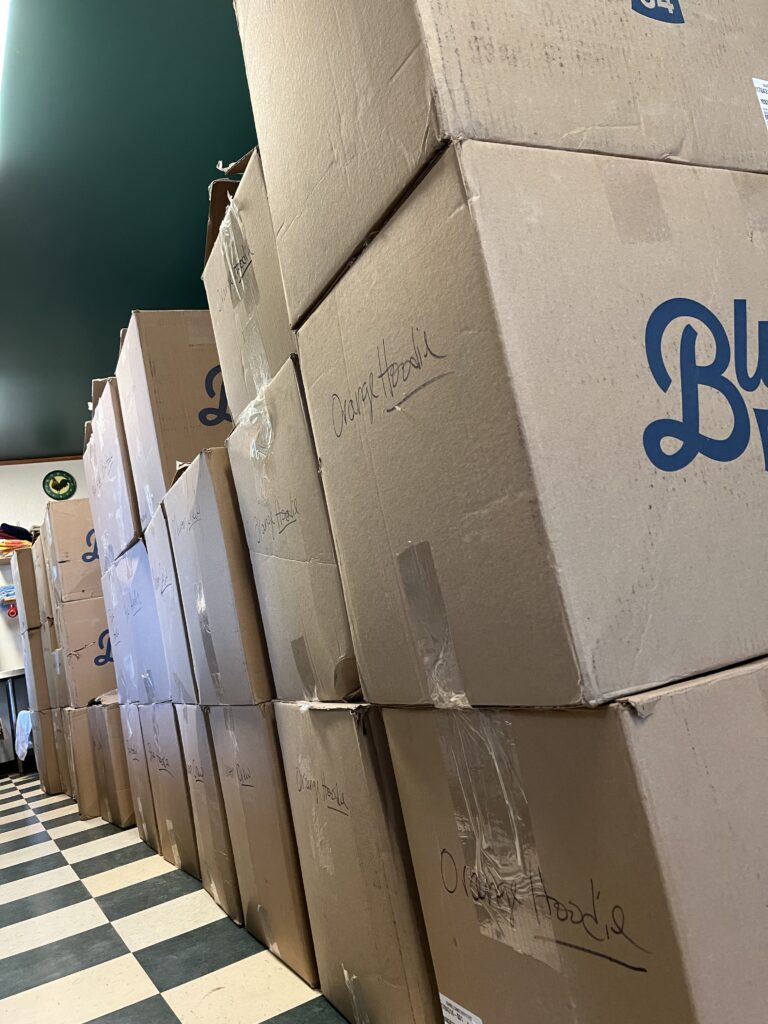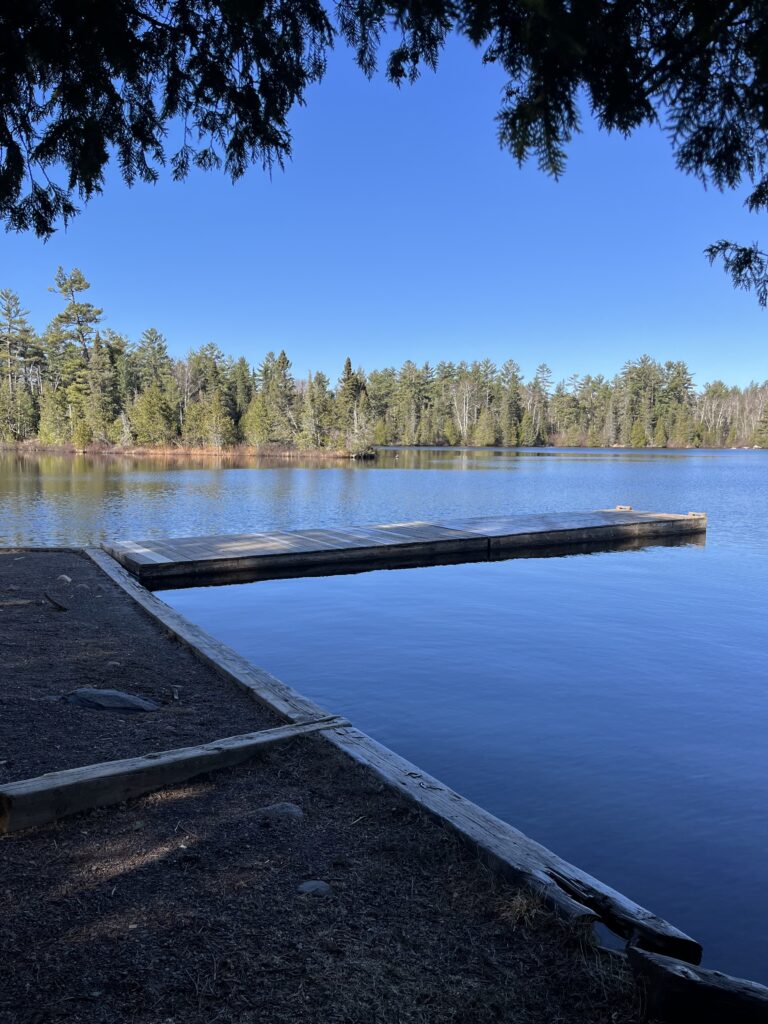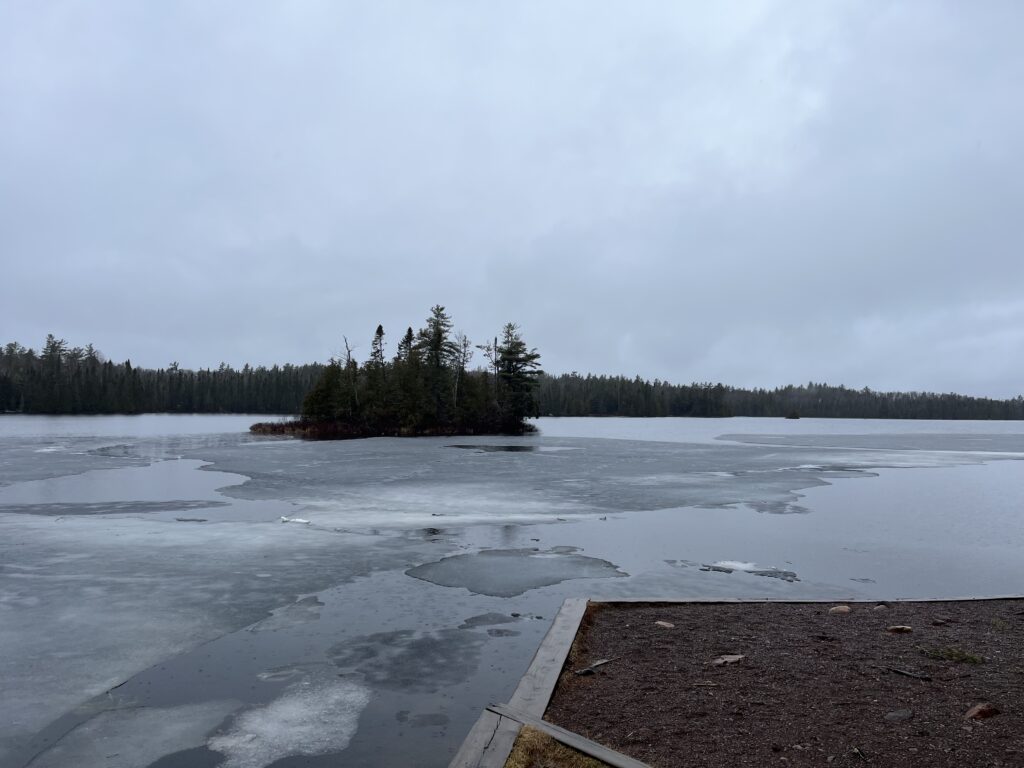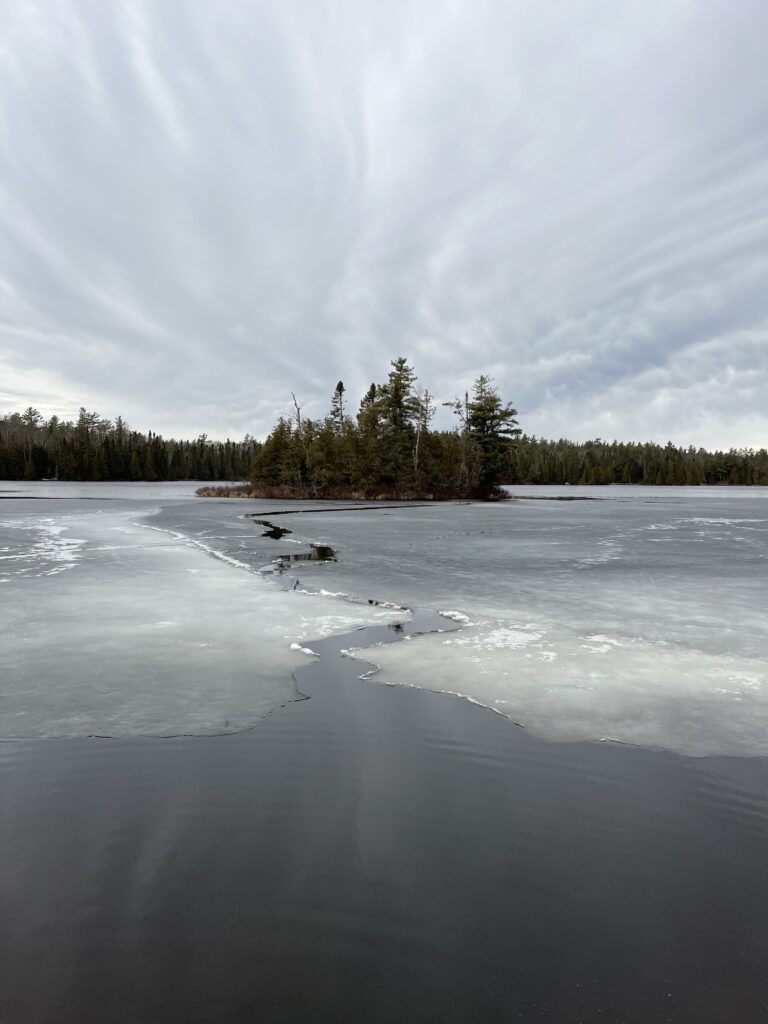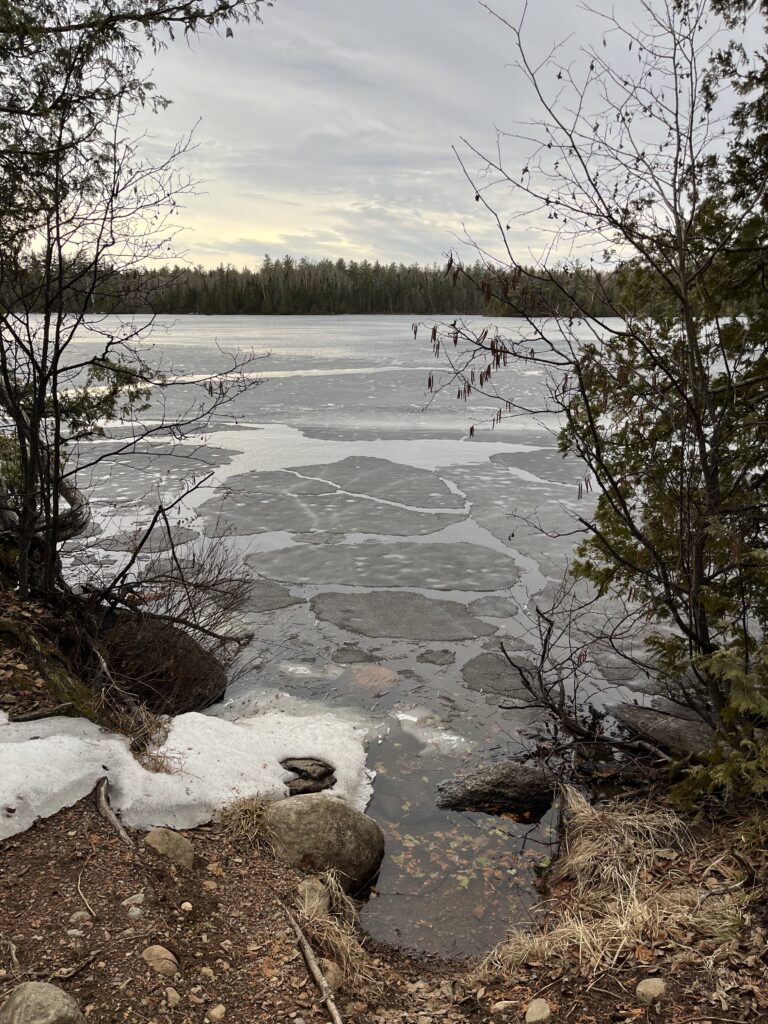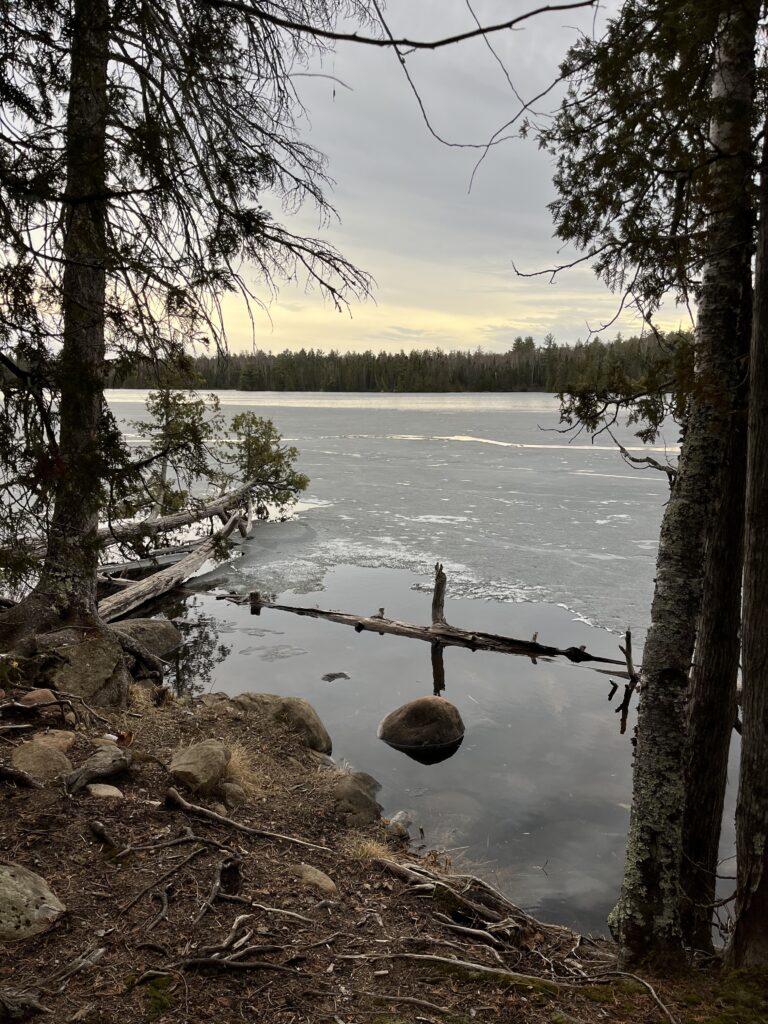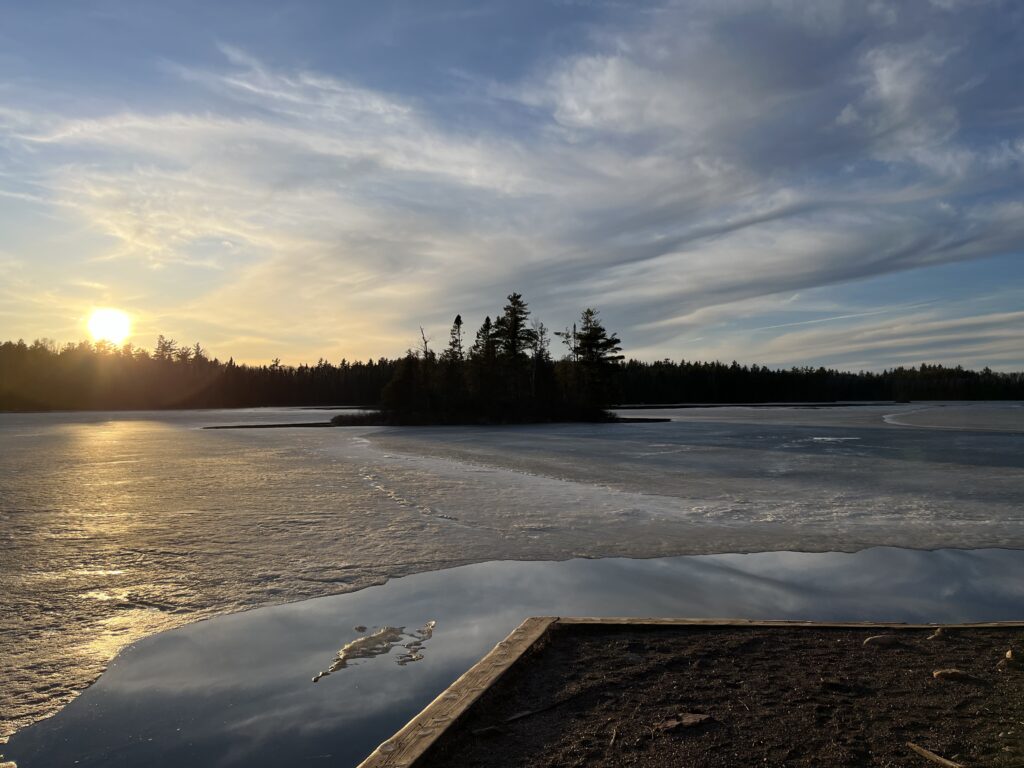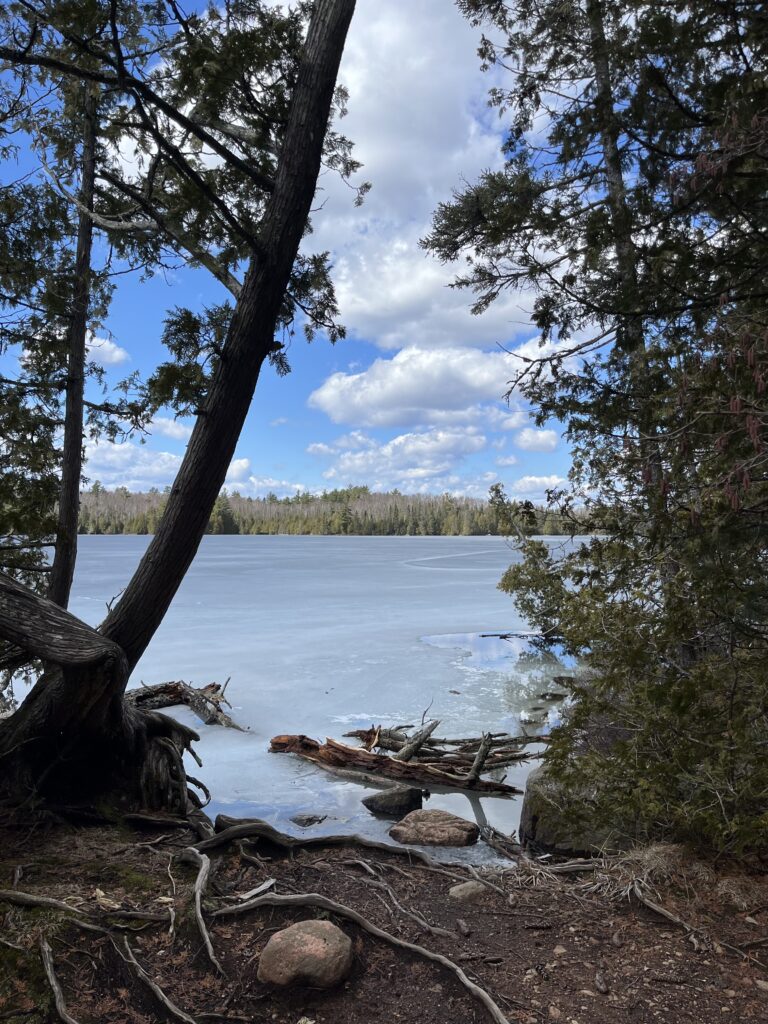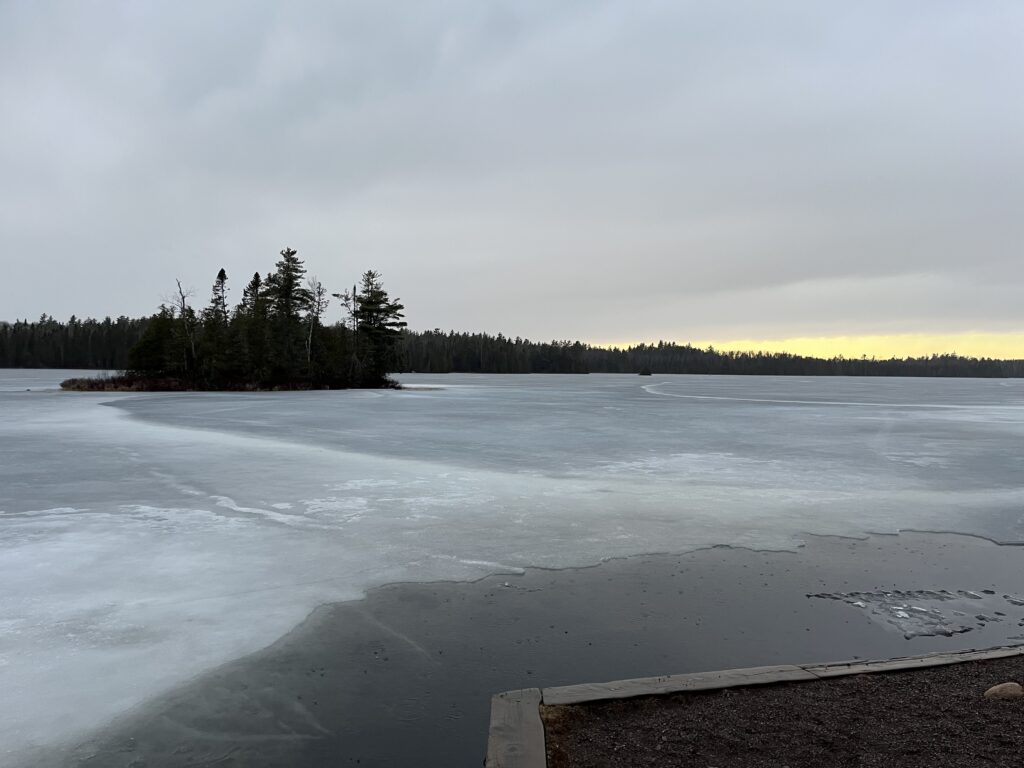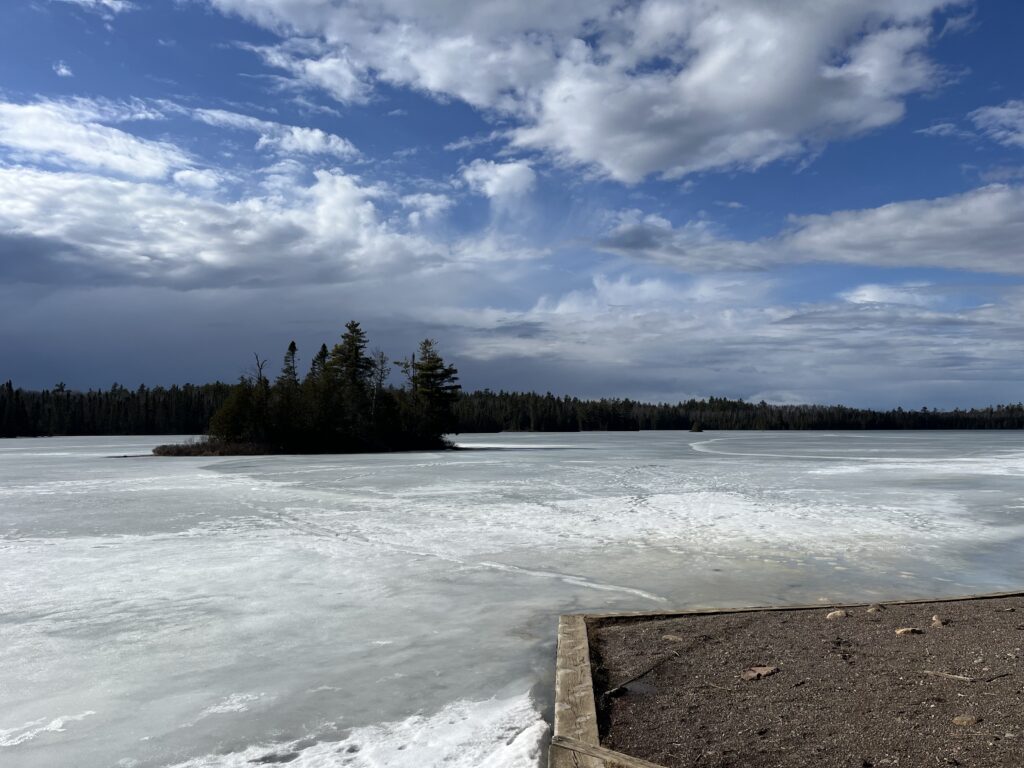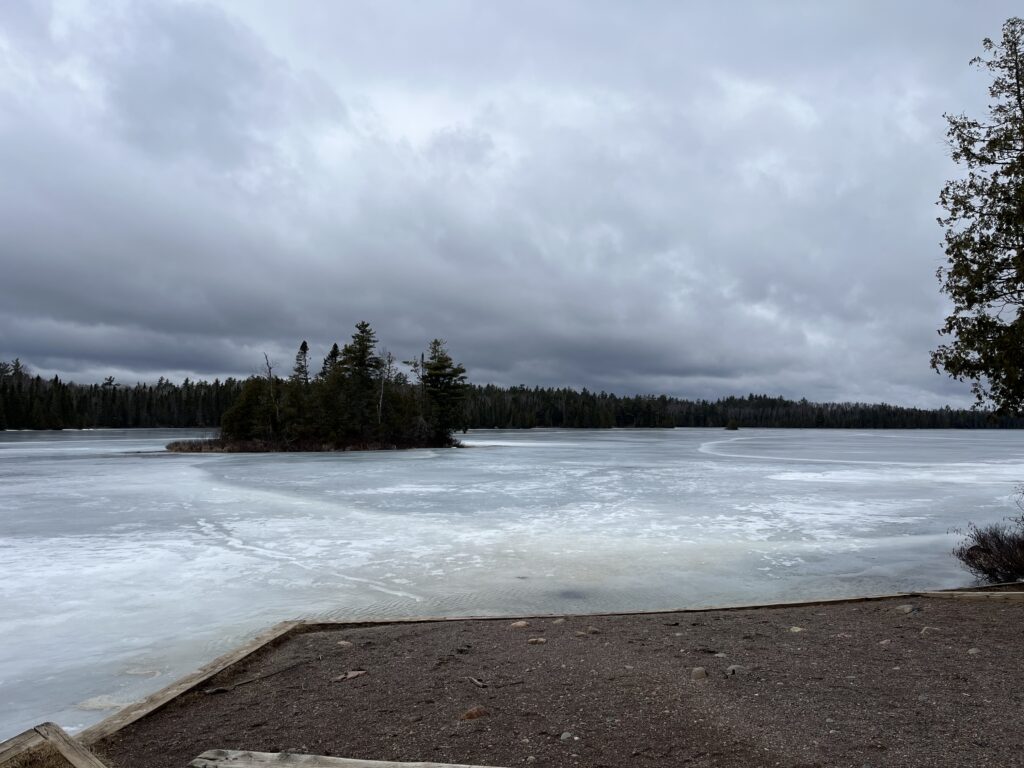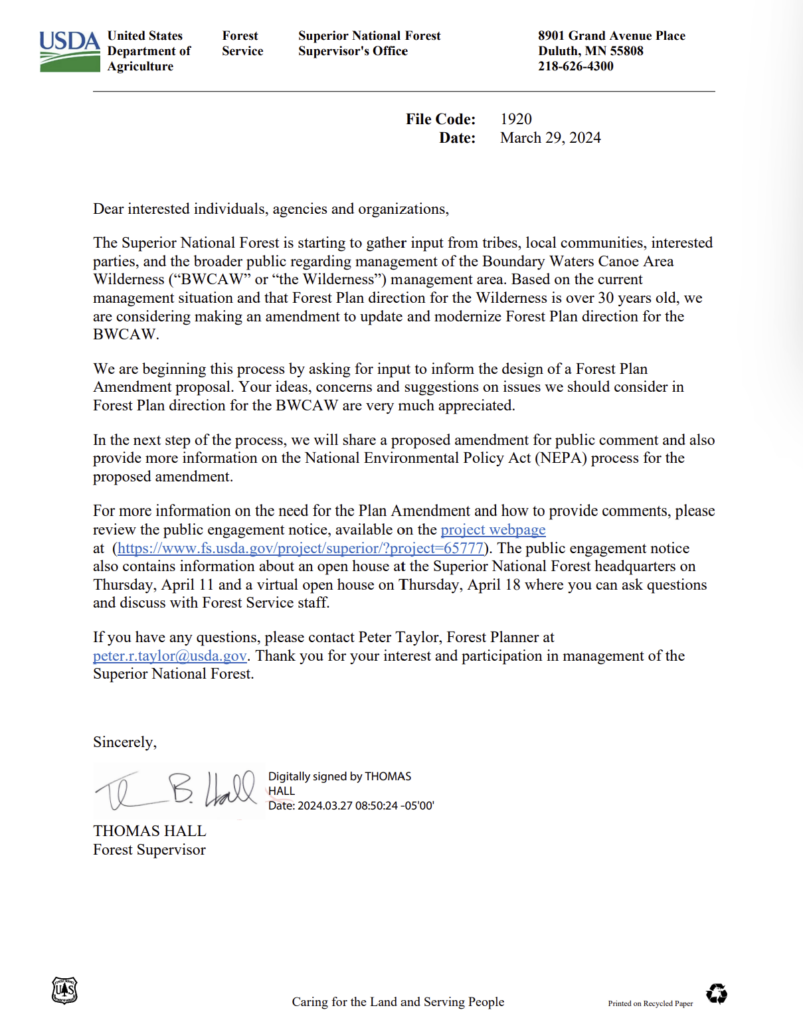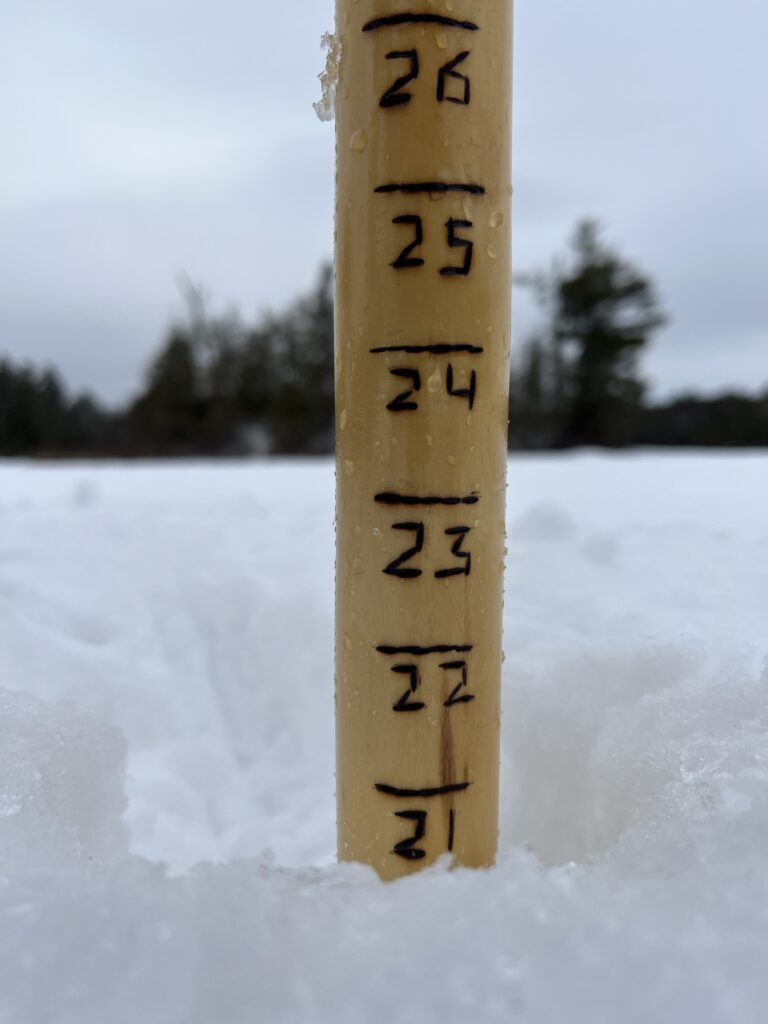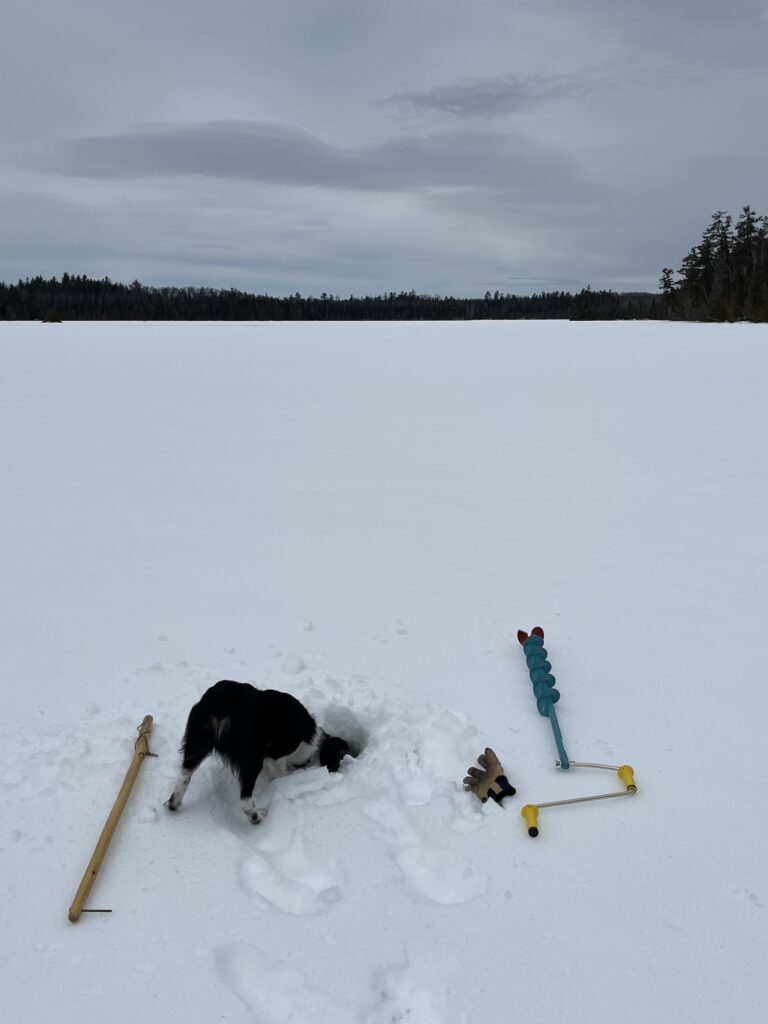4/27/24 – The Forest Service is continuing along the timeline for updating the BWCA management plan. They have a good website where you can follow along with updates and information as this process plays out – you can find that info here.
If you missed the informational meetings, they were recorded. Here is the information from the Forest Service:
| Dear interested parties, A recording of the virtual open house for the Boundary Waters Canoe Area Wilderness (BWCAW) Forest Plan Amendment public engagement that was held on April 18, 2024 is now available for viewing and download from our project webpage. The Superior National Forest is seeking comments on developing the BWCAW Forest Plan Amendment by May 17, 2024. If you have any questions, please contact Peter Taylor, Forest Planner at peter.r.taylor@usda.gov |
At this stage, they are seeking general comments about BWCA management. What do you think is working well? What has changed in the last 30 years? Where do you see areas for improvement? Some examples of management issues they may be looking at are towboats, permit quotas, management designations within the Wilderness, etc. Later on, perhaps as soon as winter 2024, there will be an opportunity to comment on a more concrete proposed Forest Plan Amendment.
The BWCA is the most visited Wilderness area in the country. It holds a special place in all of our hearts, and also serves as one of the main economic drivers for the region. While I certainly understand the desire to further restrict the Boundary Waters to only those who already live and breath the Leave No Trace principles, I remind myself and others that these are public lands that belong to us all. I’ve made a career out of teaching and introducing people to the BWCA Wilderness experience. I’ve seen first hand the transformational effect that a canoe trip has on folks. It is no overstatement to say that it changes lives. I also know that the BWCA needs champions. In order to advocate for and protect our favorite corner of the world, we need to bring more people into the club. It is this ethos that I will bear in mind as I give input for future management of the BWCA. We need an updated quota system that reflects current travel patterns. We desperately need a more robust education protocol. I’m encouraged by the care with which the current Forest Service leadership team is listening and I know that Sawbillians near and far have valuable and thoughtful insight – I encourage you to submit comments before May 17th.
Clare

